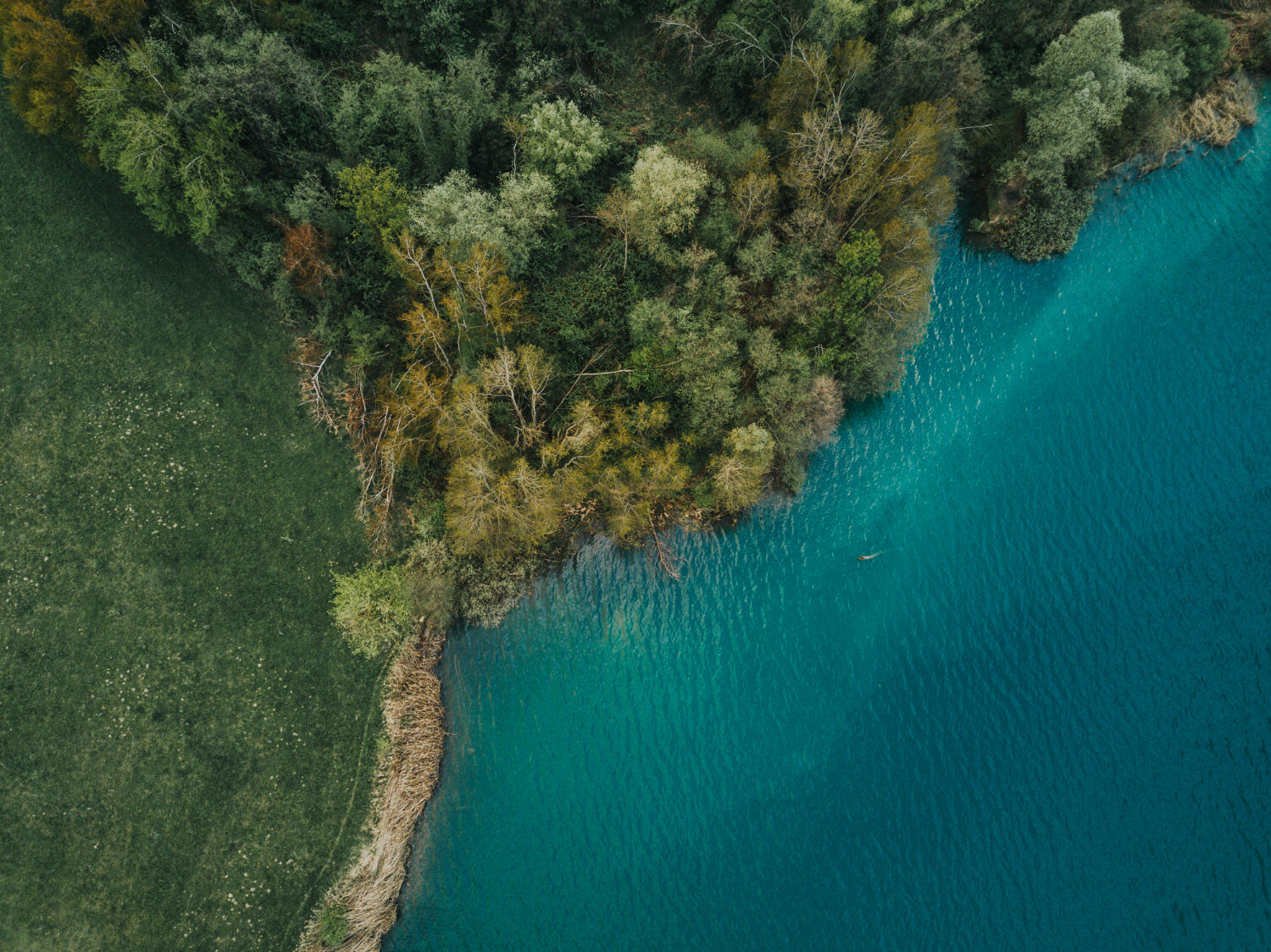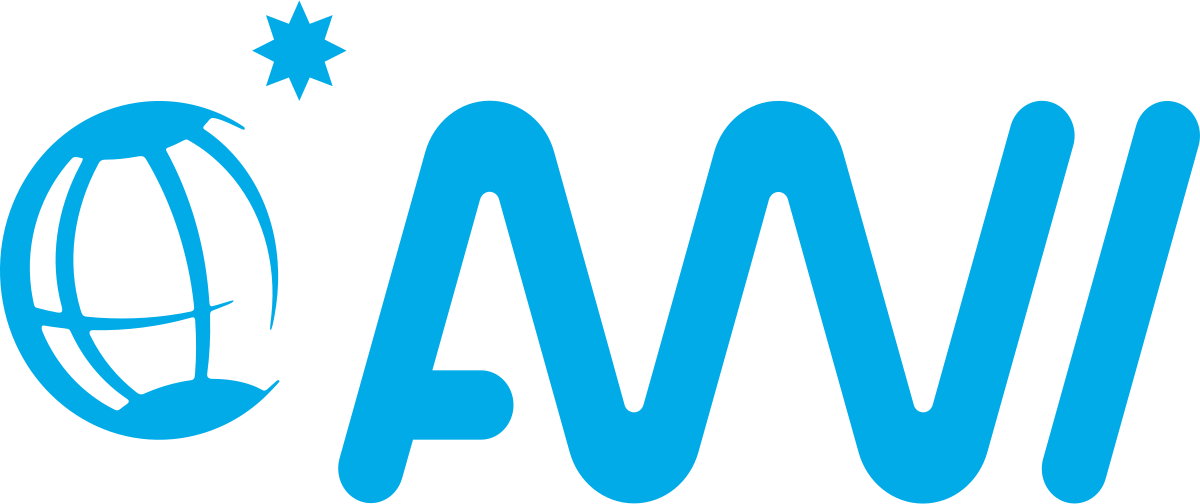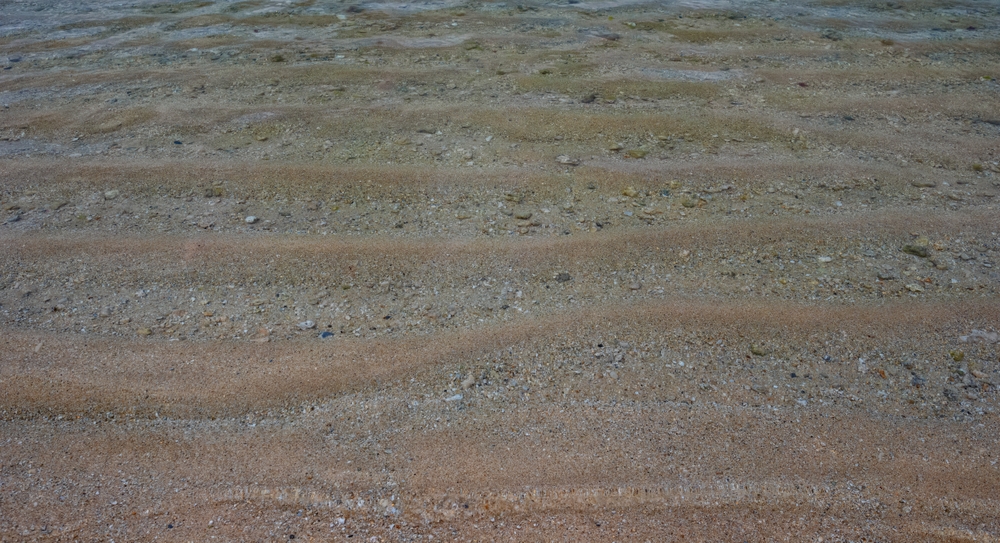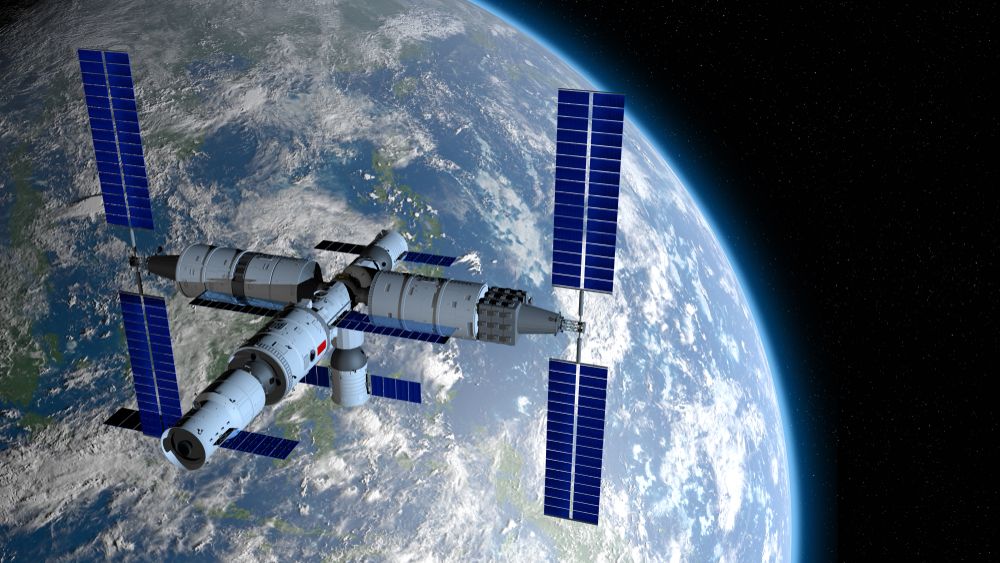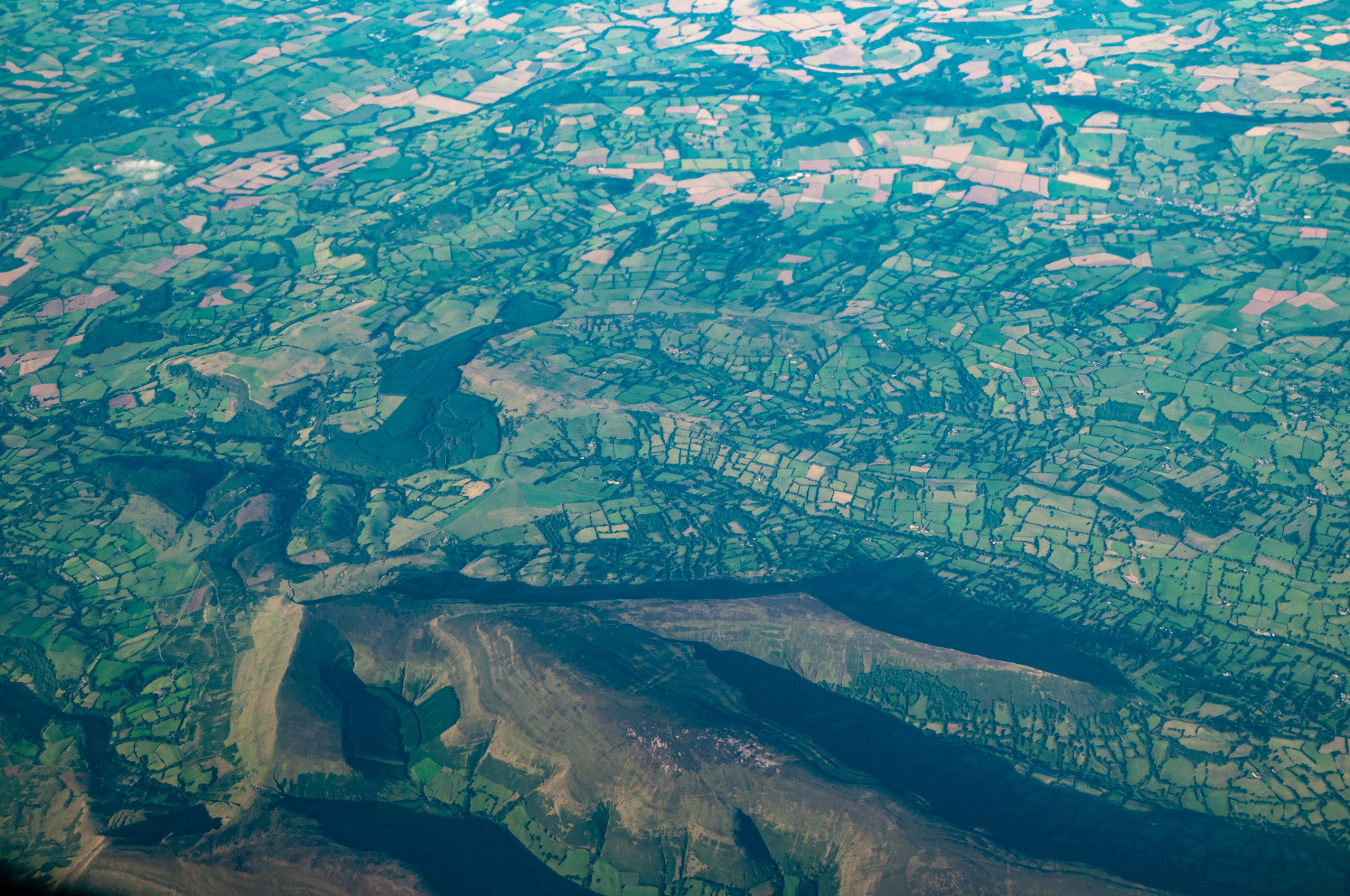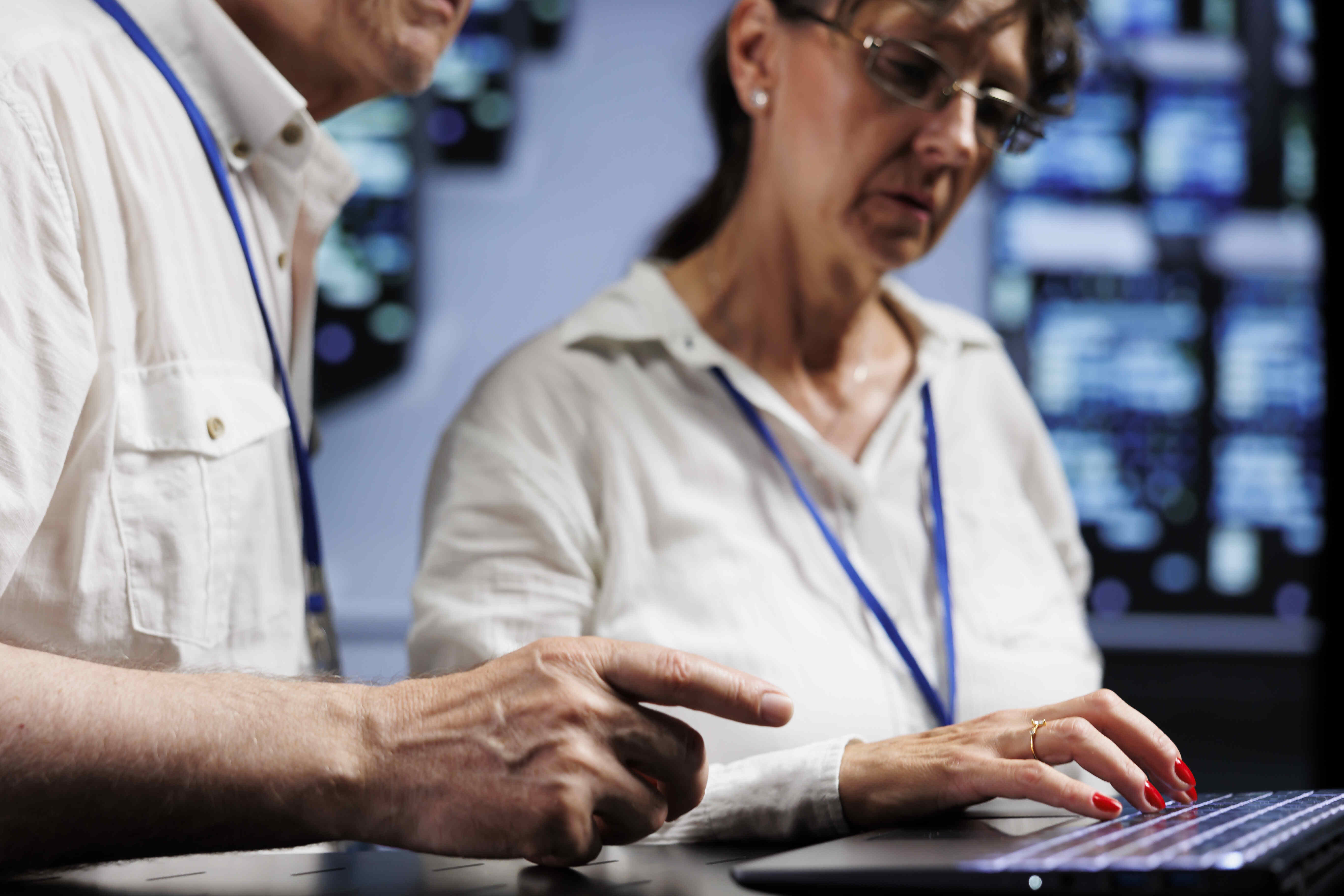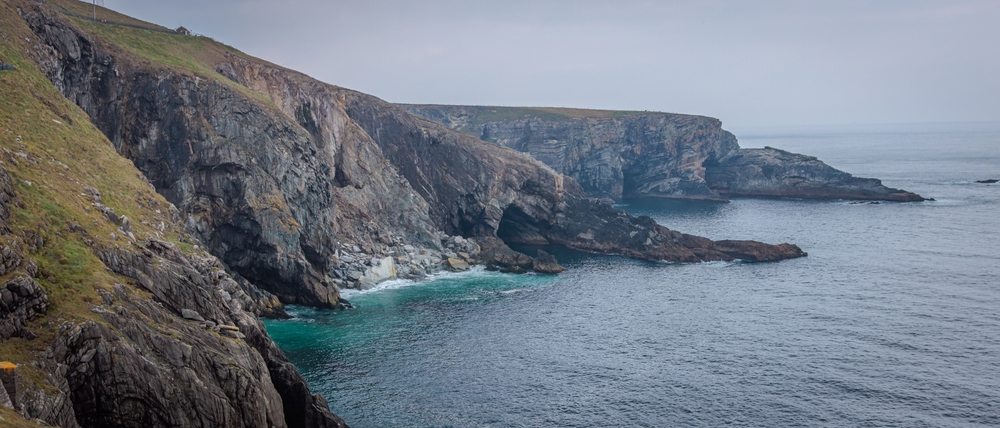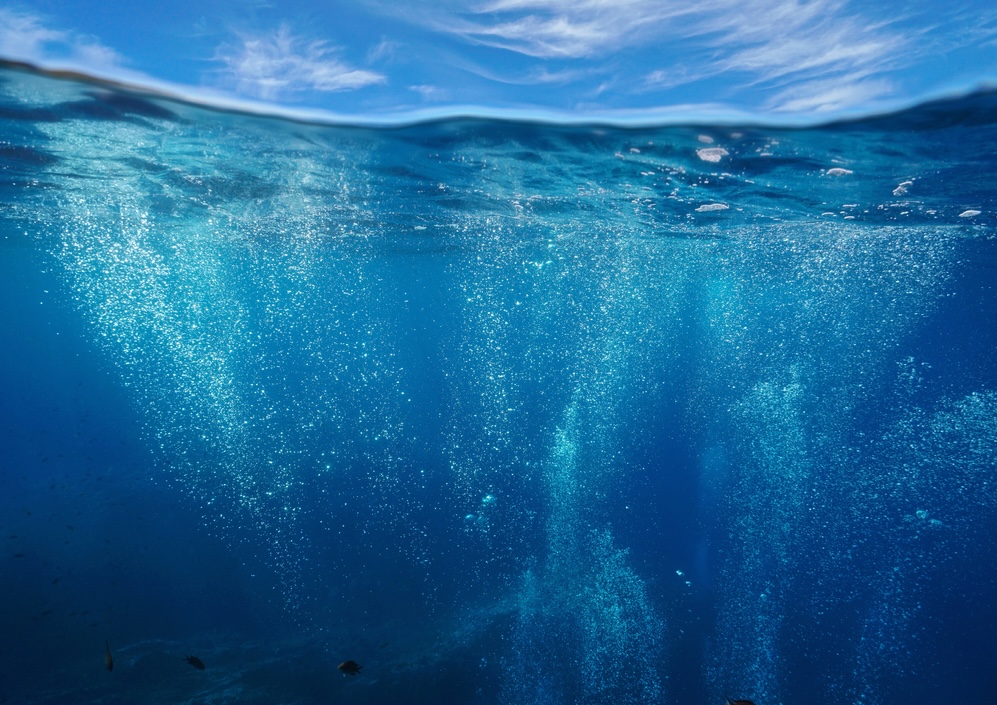The Role of webODV in Advancing FAIR-EASE's Vision
Within the FAIR-EASE project, which aims at providing seamless access to interoperable Earth and environmental data, webODV emerges as a transformative tool for data analysis and visualisation. Developed by Reiner Schlitzer and Sebastian Mieruch at the Alfred Wegener Institute (Germany), webODV builds upon the Ocean Data View (ODV), a platform with over three decades of continuous development and a thriving community of 130,000 registered users.
FAIR-EASE aligns with webODV’s purpose to democratise data access and empower researchers globally through innovative, browser-based solutions. By enabling users to analyse complex datasets without local installations, webODV eliminates the need for local installations or specialized software. This accessibility makes it a key instrument in achieving the FAIR principles of making data Findable, Accessible, Interoperable, and Reusable, thus fostering a more open and connected scientific community.
Bridging Gaps with webODV
Scientific research increasingly depends on access to vast, diverse datasets that are challenging to store, maintain, and analyse locally. Traditional desktop solutions often demand significant computational resources and imply complex installations, limiting access for many users. These barriers are particularly significant for projects with limited resource or collaborative scenarios requiring real-time data sharing and interaction.
webODV addresses these gaps through its online interface, where datasets and analytical tools are hosted on a central server. Users interact via low-latency web socket messages, mirroring the powerful functionalities of the desktop ODV software. This eliminates the need for downloading massive datasets, installing and using specialised software, or worrying about maintaining updated versions.

With webODV, we have brought the robust capabilities of ODV to the web, ensuring accessibility, efficiency, and ease of use for the research community worldwide.
Key features of webODV include its compatibility with community data formats, the creation of large, aggregated thematic datasets, and flexible filtering tools for extracting customised data subsets. Applications such as the analysis of the global SOCAT dataset or biogeochemical Argo profile data give examples of the capacity of webODV to handle complex, multi-dimensional datasets with precision.
Empowering Future Research with webODV
webODV stands as a cornerstone in FAIR-EASE’s mission to improve access to Earth and environmental data. Its integration of server-hosted datasets with a user-friendly browser interface guarantees optimum accessibility and efficiency, making it an indispensable tool for researchers worldwide. The platform not only bridges technological gaps but also supports global collaboration by enabling shared, reproducible data analyses.
FAIR-EASE has also brought valuable benefits to the development of webODV. By providing a framework for its continued enhancement, FAIR-EASE has enabled the platform to meet the evolving needs of Earth and environmental research. This partnership exposes webODV to interdisciplinary scientists, extending its utility far beyond its traditional marine research audience. Furthermore, the collaborative environment of FAIR-EASE inspires innovations that keep webODV at the forefront of data visualization and analysis tools.
As the scientific community grapples with increasingly large and complex datasets, tools like webODV will be vital. Its commitment to the FAIR principles ensures that data remains accessible and usable for generations, accelerating discovery and innovation in Earth and environmental sciences. Through webODV, FAIR-EASE demonstrates the power of cutting-edge technology to transform challenges into opportunities for a more connected and informed research landscape.
